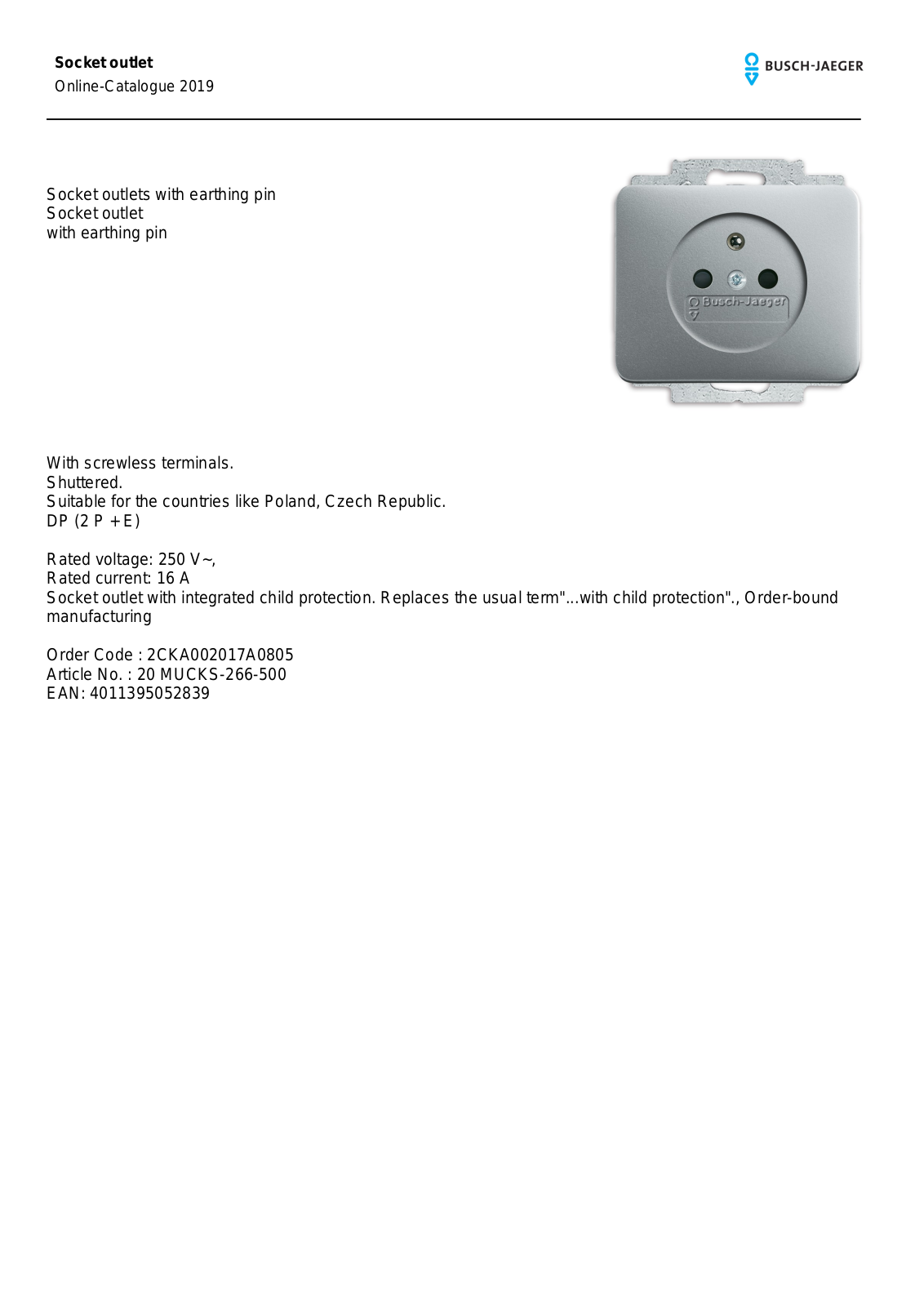

In order to perform the satellites various technological and scientific objectives four pointing modes are available to FLP: nadir, inertial, target and sun pointing.

The satellite bus incorporates a three-axis stabilised attitude control system (ACS) with two star trackers (STR). The optical signal propagates at a wavelength of 1550 nm, enabling a high bandwidth.

The OSIRISv1 instrument has a maximum data transmission rate of 200 Mbit/s, and output laser power of 1 W. Flying Laptop orbits in a sun-synchronous polar circular orbit, at an altitude of 600 km and inclination 97.6º. In combination with the micro Advanced Stellar Compass (♚SC), the satellite is able to orientate itself at 10º/s. The integrated star-tracking NEO detection system has a fine pointing accuracy of less than 2 arcsec. The instrument has a ground sampling distance of 20 m while projecting a swath width of 20 km. The MICS is able to capture images across three spectral bands: green (530 - 580 nm), red (620 - 670 nm) and near infrared (NIR, 835 - 885 nm). Two fixed lasers are aimed towards ground stations in Europe, Japan and Canada, transmitting data at far higher bandwidths than traditional radio frequency (RF) communication. FLP will join the wider AIS infrastructure to prevent maritime collisions and help neighbouring coastal states communicate the passage of ships and their cargo.įLP is also the first satellite to test the DLR’s Optical Space Infrared Downlink System, equipped with the OSIRISv1 instrument. The final scientific goal involves utilising an Automatic Identification System (AIS), in combination with the MICS, for the observation of ship traffic.

FLP’s new detection software is hoped to aid NEO avoidance protocols in the future. NEOs are any celestial objects (asteroids, meteoroids etc.) which pass close to Earth on their orbit. A second scientific objective is the use of star trackers (STR) for the detection of Near Earth Objects (NEOs). A Bi-directional Reflectance Distribution Function is equipped onboard the FLP to facilitate a ‘spotlight’ altitude mode, rotating the spacecraft in its orbit for fixed-angle viewing. The Multispectral Imaging Camera System (MICS) is designed to image selected targets across multispectral bands and from a range of different angles. Flying Laptop Satellite (Image credit: University of Stuttgart)


 0 kommentar(er)
0 kommentar(er)
